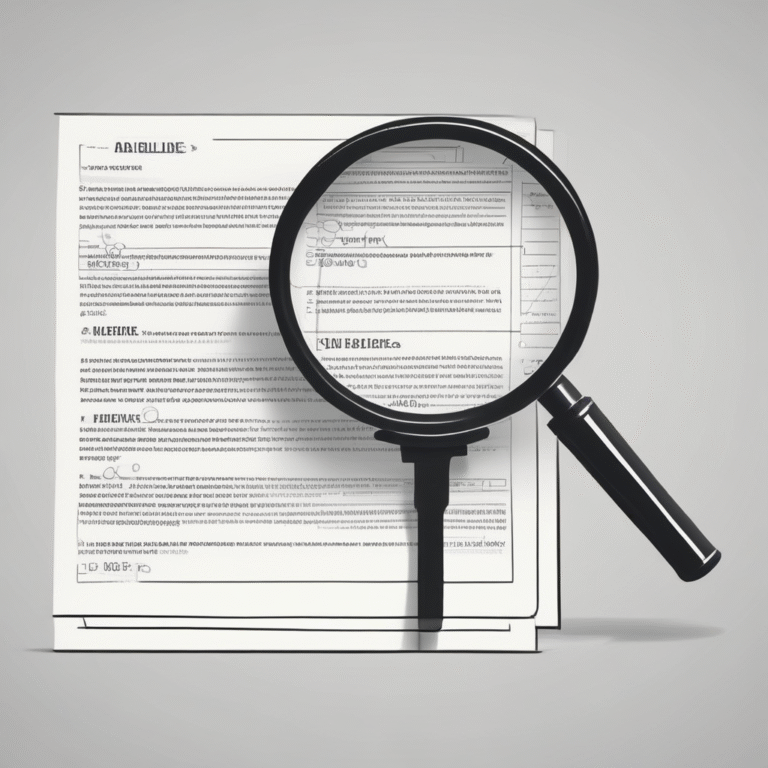Decoding the EU AI Act & DORA: A FAIR Perspective on Compliance
The evolving landscape of artificial intelligence (AI) regulations is reshaping how financial entities manage risk. The EU AI Act and the Digital Operational Resiliency Act (DORA) are two pivotal regulations that introduce a new layer of complexity, compelling organizations to navigate through intertwined compliance frameworks.
The Challenge of Compliance
As organizations grapple with the implications of these regulations, they must recognize that compliance is not a standalone exercise. The EU AI Act categorizes AI systems into various risk levels, ranging from unacceptable to high-risk, while DORA emphasizes the need for digital operational resilience. This overlap creates a scenario where organizations must understand how these regulations interact and amplify each other’s effects.
Understanding the EU AI Act
The EU AI Act establishes a risk-based approach that demands organizations to quantify potential damages associated with AI systems. This includes:
- Data Governance: Organizations must ensure that their training, validation, and testing data are relevant and free from errors.
- Technical Documentation: Detailed documentation of AI systems’ design and intended use is mandatory.
- Record Keeping: An audit trail of every input and output generated by AI systems is essential.
- Transparency: Organizations must disclose when AI is interacting with customers.
- Human Oversight: Human intervention must be possible to override AI decisions.
- Accuracy, Robustness, and Cybersecurity: AI systems must be reliable and secure against vulnerabilities.
Failure to comply with these stipulations could lead to severe financial penalties and operational disruptions. Thus, organizations must prepare for rigorous scrutiny from regulators.
Connecting with DORA
DORA complements the EU AI Act by enforcing operational resilience across digital systems. It mandates that organizations must ensure that AI systems do not compromise the stability of financial operations. Key aspects of DORA include:
- ICT Risk Management: A comprehensive framework for identifying and managing ICT-related incidents must be established.
- Incident Reporting: Organizations are required to report incidents promptly with standardized details.
- Operational Resilience Testing: Regular tests must be conducted to ensure systems can withstand disruptions.
- Third-Party Risk Management: Organizations must manage the resilience of third-party AI providers.
The interplay between the EU AI Act and DORA emphasizes the necessity for rigorous data governance and integrity. A failure in one area can lead to cascading effects across both regulatory frameworks, potentially resulting in significant financial losses.
Practical Guidance for Implementation
Organizations face the daunting task of proving their compliance with these regulations. A strategic approach, such as leveraging tools like FAIR AIR, can help quantify financial risks associated with AI systems and data governance practices. This involves:
- Quantifying Real Risks: Organizations should assess the financial impact of potential AI bias and data breaches.
- Negotiating with Data: Presenting data-driven insights to regulators can help justify compliance strategies.
- Documenting Everything: Meticulous records of risk assessments and compliance efforts are essential for demonstrating adherence to regulations.
By shifting the conversation from vague compliance to quantifiable risk management, organizations can effectively navigate the regulatory landscape.
Conclusion
As the demands of the EU AI Act and DORA become increasingly stringent, organizations must adopt a proactive approach to compliance. This means moving beyond superficial compliance efforts and truly understanding the financial implications of AI risks. By quantifying risks and establishing robust data governance frameworks, organizations can not only meet regulatory requirements but also safeguard their financial stability.










